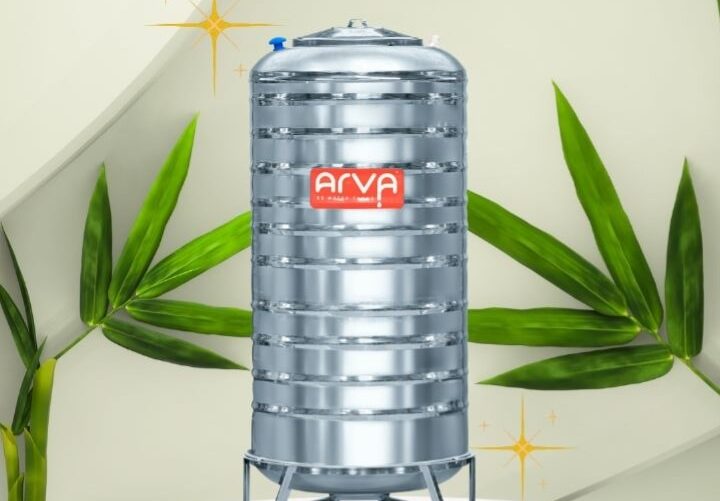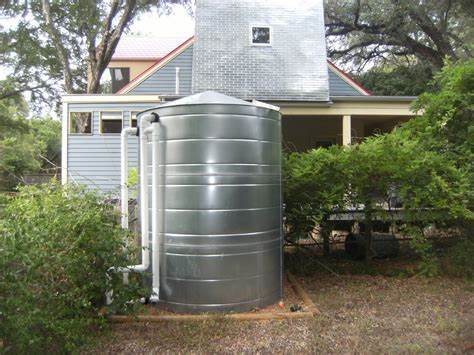
Introduction:
Installing a water tank is a crucial step towards enhancing water security and sustainability, whether for residential, commercial, or industrial purposes. Proper installation not only ensures efficient water storage but also minimizes risks and maximizes the longevity of the tank. In this guide, we provide a detailed walkthrough on how to properly install a water tank, along with essential safety tips, necessary tools, and common pitfalls to avoid.
Planning and Preparation:
Before beginning the installation process, thorough planning and preparation are essential:
Site Selection: Choose a location that is level, stable, and capable of supporting the weight of the tank when filled with water. Ensure the area is accessible for maintenance and delivery trucks.
Tank Size and Type: Select a tank size based on your water storage needs and available space. Common materials include plastic (polyethylene), fiberglass, concrete, and stainless steel, each with different advantages in terms of durability, cost, and maintenance requirements.
Permits and Regulations: Check local building codes and regulations regarding water tank installation. In certain locations, it may be necessary to obtain permits or adhere to specific guidelines.
Tools and Materials Needed:
Before commencing the installation process, ensure you have gathered the following tools and materials:
1. Tape measure and level
2. Shovel or excavator (for digging the foundation if necessary)
3. Concrete or sand bedding material (if required)
4. Plumbing fittings and sealants (compatible with the tank material)
5. Safety gear (gloves, safety glasses, and appropriate footwear)

Step-by-Step Installation Process:
Follow these steps to ensure a safe and efficient installation of your water tank:
Prepare the Foundation:
Clear and level the installation site. If installing a concrete tank, create a stable base using compacted sand or a concrete slab. For other materials, ensure the foundation is level and firm.
Positioning the Tank:
Carefully position the tank on the prepared foundation using appropriate lifting equipment or with the help of several people. Use a level to ensure the tank is evenly balanced.
Connecting Inlet and Outlet Pipes:
Install inlet and outlet pipes according to the tank manufacturer’s specifications. Use proper fittings and sealants to prevent leaks. Ensure connections are secure and watertight.
Securing the Tank:
Anchor the tank securely to the foundation or ground to prevent shifting or overturning during extreme weather conditions. Follow manufacturer guidelines for anchoring methods based on the tank type and size.
Testing and Commissioning:
Fill the tank with water and check for any leaks or irregularities in the plumbing connections. Ensure all valves and fittings are functioning properly.
Safety Tips:
Lifting and Handling: Always use proper lifting techniques or equipment when moving or positioning heavy tanks to prevent injury.
Personal Protective Equipment (PPE): Wear gloves, safety glasses, and appropriate footwear to protect against cuts, abrasions, and chemical exposure.
Electricity: Be cautious of electrical hazards when working with water pumps or electrically operated valves near the tank installation site.
Common Pitfalls to Avoid:
Improper Foundation: Failure to prepare a stable and level foundation can lead to structural issues and instability.
Incorrect Plumbing Connections: Use compatible fittings and sealants to prevent leaks and ensure efficient water flow.
Overfilling: Avoid overfilling the tank beyond its recommended capacity to prevent structural damage or overflow.

Conclusion:
Installing a water tank requires careful planning, adherence to safety protocols, and attention to detail to ensure long-term efficiency and safety. By following this comprehensive guide, you can successfully install a water tank that meets your water storage needs while safeguarding your investment and promoting sustainability. Remember to consult manufacturer guidelines and local regulations throughout the installation process to ensure compliance and optimal performance of your water tank system. Effective installation not only enhances water availability but also contributes to environmental conservation and resilience against water scarcity challenges.


